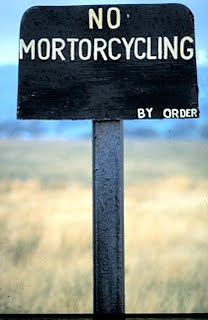Broad-bodied Chaser. Paul Baker.
KT had suggested a walk round Leighton Moss might be a good idea today....well its birding I thought and away we went. Bearing in mind the photograph above was taken in Canada it is of a female Broad-bodied Chaser until someone claims it to be otherwise, I noted four during the tour of LM today.
Like birding anywhere else its always done on the principal you never know whats next, well there wasn't a 'whats next' today but on the way round 4 Chiffchaff were heard, excellent views of a Reed Warbler were had at the Lower Hide where I must confess things were otherwise a little quiet noting just a solitary Great-crested Grebe and 2 House Martins flew through. Although I found bird song generally in short supply Sedge Warbler were heard, 2 Buzzard were high above, and although I had no intention of working out how many Marsh Harriers we saw, male and female were seen throughout the visit. A Jay was seen from the path to the Grizedale Hide as were 2 brief Bearded Tits in flight across the path. At the hide up to 40 Black-tailed Godwits counted, at least 14 Gadwall were of note, and 6 Red Deer put in an appearance.
I think the highlight sighting of the visit to this excellent RSPB reserve before leaving for home was back at the centre where four of our areas outstanding birders were assembled on the benches having a chat, in keeping with Birds2blog 'no names without permit' policy it was a pleasure to pass a few moments in the company of such local birding talent.
And finally....
I dropped in HERE to have a look at Phils blog and found these two images to which he claimed the Meadow Pipit was so interested in what was falling from the sky that he almost got to touching distance to get this shot of the bird. I reckon you're right Phil....Can't take my eyes of you!

















.JPG)






















